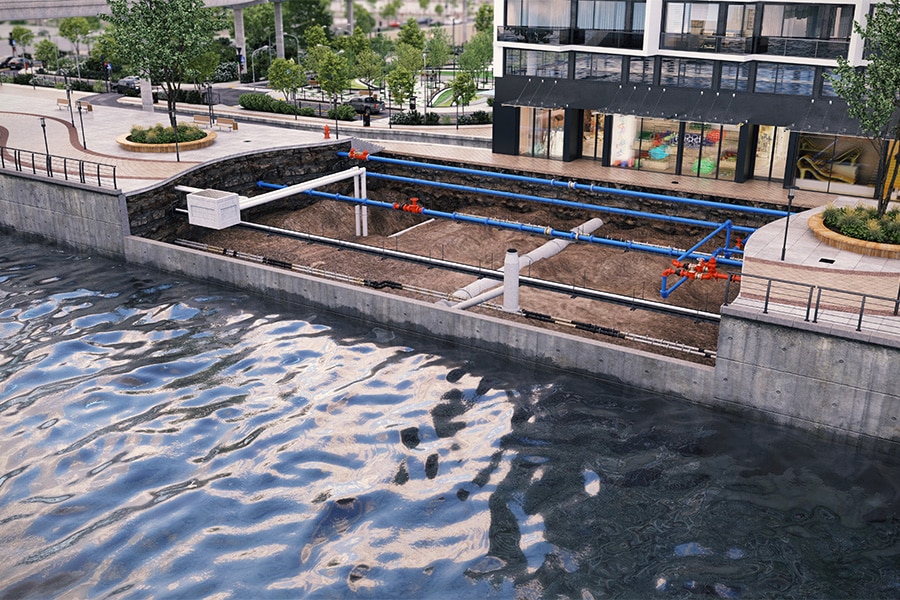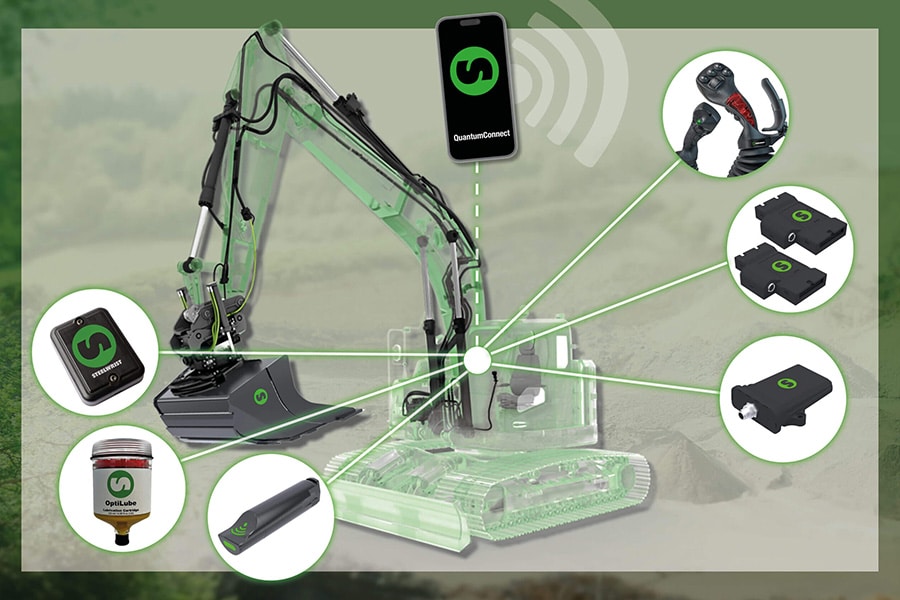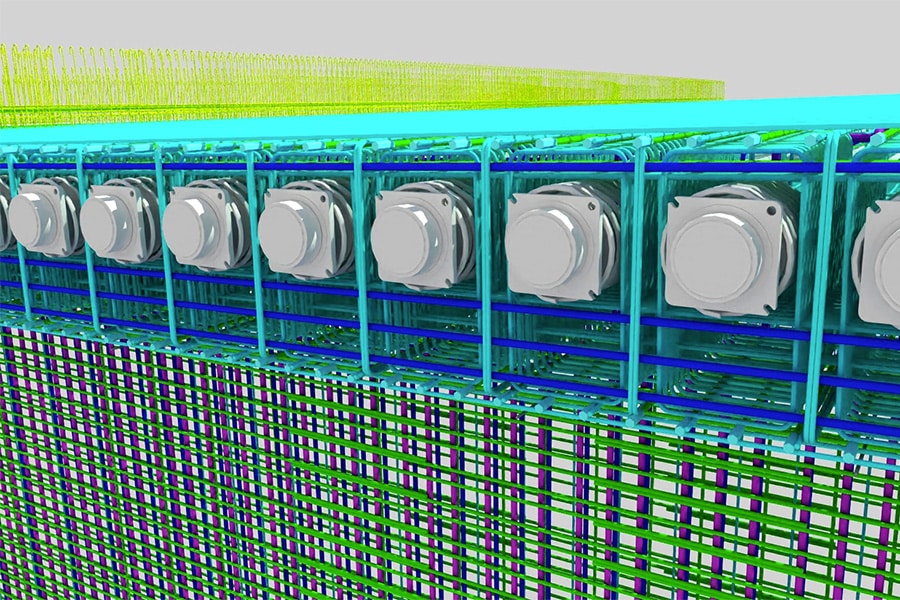
Solid foundation for data-driven maintenance
The Netherlands is changing. And that has consequences, including for our infrastructure. Assets are being used more and more intensively and the lifespan of many assets is coming to an end. In addition, climate change is changing the conditions of use, often resulting in accelerated obsolescence. There are also fewer people available to perform maintenance.
The challenge we face is considerable: more work must be done with fewer people. Traditional methods will not get us there. More is needed, an integral approach with which we can use our scarce resources ever more intelligently. The infrastructure sector is investing in this.

More than technology
While technical solutions are increasingly coming within reach, it is proving challenging for maintenance organizations to make this new technology their own. "There are practical objections and the benefit to the individual is not always seen," says Martijn Marijnen, asset management program manager at Croonwolter&dros. "We are investing in data-driven maintenance to meet the challenge as well as make the work more fun and better. But how do we ensure that this actually happens? This development requires more than investing in technology alone."
Solid foundation
Croon-wolter&dros' maintenance organization grew out of the projects that the company realized and was subsequently allowed to maintain over the past decades. "On the one hand, that organization has brought us to where we are today, but on the other hand it also relies heavily on the commitment of the individual," says maintenance manager Guido Koopmans. "The differences between the projects are great. All this makes growing toward data-driven maintenance difficult. Hence, our maintenance department has laid a solid, three-pillar foundation on which we can build."

Building technology
This first pillar involves substantive work on ways to predict failure and prevent outages. "We track failure predictor quantities, such as vibration measurements on pumps and fans," says Martijn. "Of the plants that still fail unpredictably, we try to figure out those failure predictors. In doing so, we have the help of our Technical Management Application, a tool we built to allow live and retrospective analysis. This allows us to monitor remotely, analyze historical data and identify anomalies."
Basics in order
Putting new technology into practice does not happen automatically. Structure is needed to implement the technical solutions quickly and make their effects visible. "This is precisely why we are reviewing roles and responsibilities, processes, consultation structure and reporting," Guido explains. "With this second pillar, it also becomes clear what knowledge and competencies we need to gather and what type of people we need to hire."

The position of maintenance
The third pillar focuses on the position of maintenance. "How do we get around the table in time to help decide on EMVI plans, design choices and execution?" continues Martijn. "And how do we ensure that we can work as sustainably and efficiently as possible in the management phase?"
Result
With the above foundation, Croon-wolter&dros is creating an organization that can use insights from asset and process data, analyses and advice. This enables choices to be made in design and realization, and the maintenance organization to be managed efficiently. Guido: "We are an organization that can make things more sustainable, that focuses on the balance between costs, performance and risks, and that enables people to develop in a modern environment under a manageable workload. All this ensures that we can provide our clients with high-performing assets, predictable availability and appropriate advice as an equal partner. Together, we create progress."
Heeft u vragen over dit artikel, project of product?
Neem dan rechtstreeks contact op met Croonwolter&dros.
 Contact opnemen
Contact opnemen




